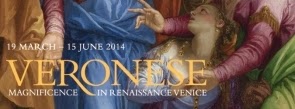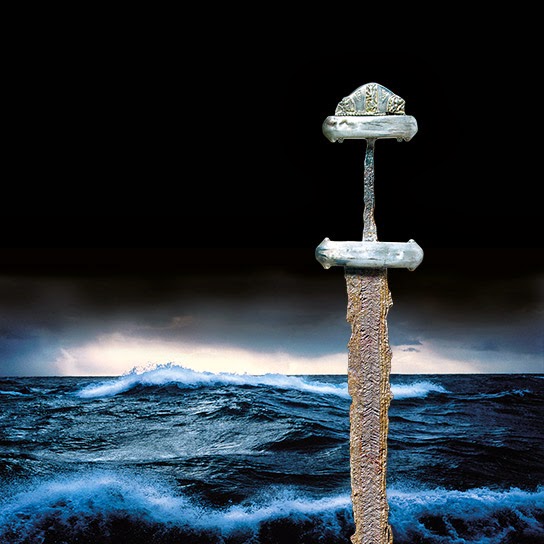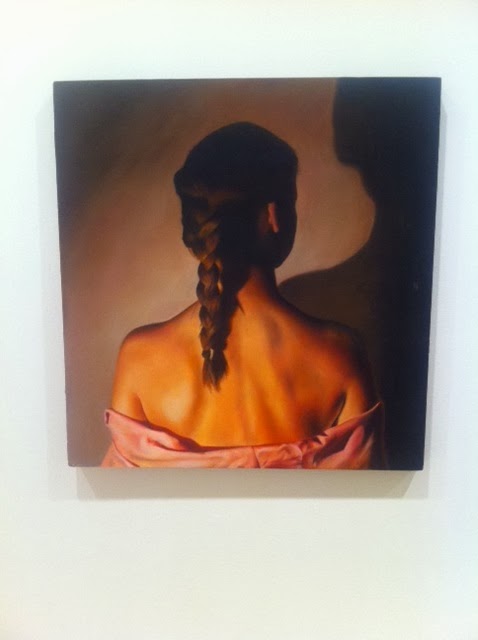Hockney : print maker

Interesting exhibition at Dulwich Picture Gallery looking at David Hockney’s work in prints throughout his career. I liked the way it split the show into etchings and lithographs and explained both techniques which made you focus on how he worked differently in each style rather than just thinking about how his general style changed over time. Also liked the way it showed sets of prints such as the Rakes Progress from 1963. My favourite set was as illustrations to poems by C. P. Cavafy which were basically prints of men in bed together which may or may not have been done as a gay rights statement. Either way they are lovely gentle rather sweet pictures. There were some great still lives and I liked the wall of lithographs of flowers in vases from various stages in his career. Reviews Telegraph Independent Evening Standard


























